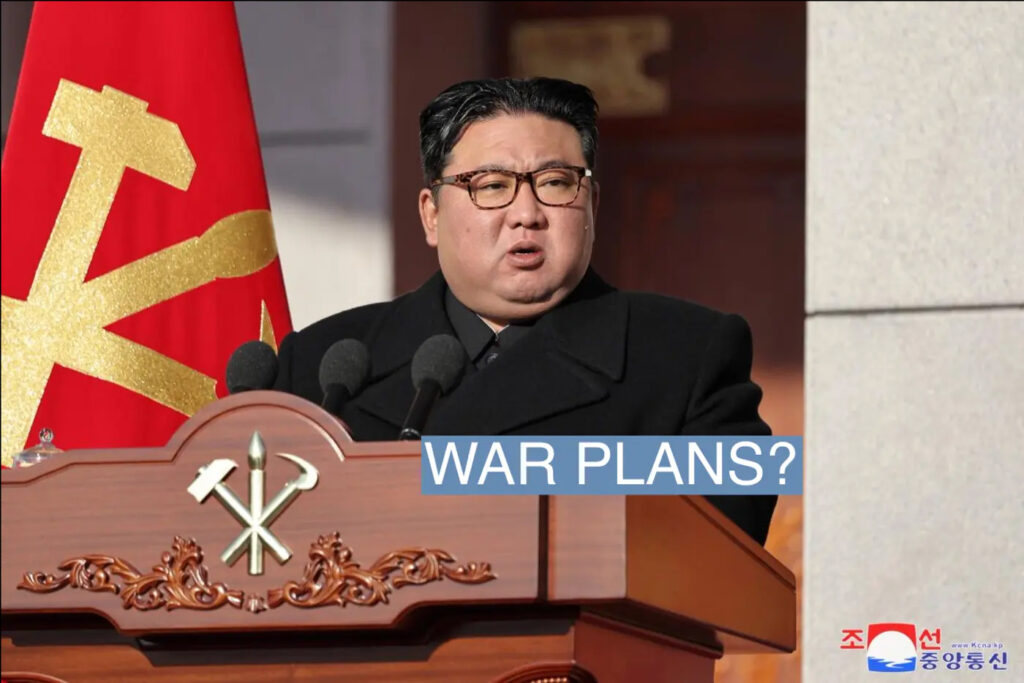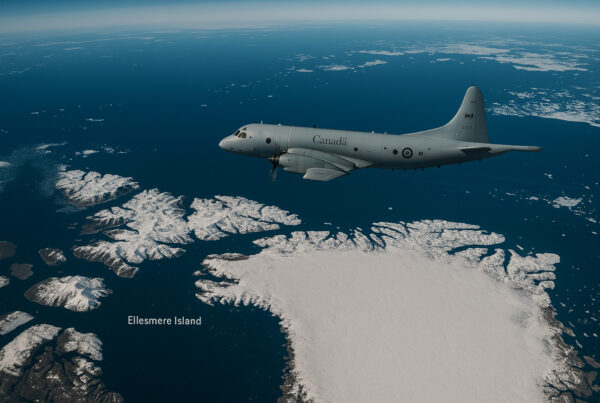
KCNA via Reuters
(Written by Jay Solomon. Originally published here in Semafor, republished with permission.)
THE SCOOP
The Biden administration is closely monitoring a military buildup between North and South Korea along their Yellow Sea maritime border, alarmed by Pyongyang leader Kim Jong Un’s growing threats to redraw the two countries’ Cold War map.
Kim oversaw the test-firing this week of a new surface-to-air missile system near the Northern Limit Line that’s served as the de facto sea border between the two Koreas since the 1950-53 Korean War. The North’s show of force followed Kim’s instructions last month to his country’s most powerful governing body, the Supreme People’s Assembly, that North Korea no longer recognize this maritime boundary and that its military should prepare for action against South Korean forces defending the line.
“The puppet Republic of Korea is trying to defend the so-called fictitious Northern Limit Line, which is neither based on international law nor has a legal justification,” North Korean state media quoted Kim as saying Wednesday. “They are using pretexts such as control over fishing vessels and maritime patrols to deploy warships of various classes to our waters and blatantly violate our sovereignty.”
Kim has specifically ordered combat readiness near two disputed Yellow Sea islands, Yeonpyeong and Baengnyeong, over which North and South Korea fought an extensive artillery battle in 2010 that killed as many as 20 soldiers.
Current and former U.S. officials told Semafor this week that the North’s actions are particularly alarming given Kim Jong Un’s increasingly aggressive posture towards South Korea and his pledges to align more forcefully with Russia and China in their growing standoff with the West over issues ranging from Ukraine and the Middle East to territorial disputes in the South China Sea.
Kim, in his speech last month, also announced that he was abandoning North Korea’s long-held policy of reconciliation with the South and ordered the Supreme People’s Assembly to rewrite the country’s constitution to cement South Korea as Pyongyang’s most hostile foreign adversary. He’s also been issuing directives to his military to be prepared to take South Korea by force, according to state media.
“The situation on the Korean Peninsula is more dangerous than it has been at any time since early June 1950,” two of the U.S.’s most acclaimed North Korea watchers, Robert Carlin and Siegfried Hecker wrote for the website, 38 North, last month. “That may sound overly dramatic, but we believe that, like his grandfather in 1950, Kim Jong Un has made a strategic decision to go to war.”
JAY’S VIEW
The Biden administration has so far tried but failed to directly engage North Korea, despite numerous U.S. offers, and has instead been consumed by other foreign policy issues like the Afghanistan withdrawal, wars in Ukraine and Middle East, and Washington’s growing competition with Beijing. But North Korea might be preparing to force the U.S. to focus on the Korean Peninsula, as has historically been the case.
Donald Trump, during his single term, attempted to make the normalization of relations with North Korea one of his signature foreign policy successes. Trump held three summits with Kim Jong Un and exchanged letters with the 40-year-old dictator. In 2018, the two leaders signed the four point Singapore Declaration that laid out a plan for Pyongyang to dismantle its nuclear arsenal – estimated to include 40 to 50 warheads – in exchange for an armistice ending the Korean War and normal diplomatic ties with Washington.
This diplomatic process collapsed, though, in 2019 after Trump and Kim failed to formalize an agreement at a summit in Vietnam. Carlin and Hecker now argue, as well as other North Korea-watchers, that Pyongyang’s leader essentially concluded that building relations with the U.S. was impossible. He moved instead to codify North Korea as a nuclear weapons state in his country’s constitution and doubled down on relations with Russia and China, Pyongyang’s Cold War patrons. This has included North Korea becoming a major arms supplier for the Kremlin’s war effort in Ukraine, including shipping munitions and rockets.
Carlin and Hecker don’t conclude that North Korea is planning for a full-scale invasion of the South. But they do argue that Kim, sensing the U.S. is overstretched militarily due to Washington’s commitments to Ukraine and Israel, now questions the Biden administration’s will and ability to defend South Korea, where the Pentagon still has 30,000 American troops deployed as a tripwire against North Korean aggression. As a result, Pyongyang could increasingly try to test the defenses of the South, as it appears to be doing now in the Yellow Sea.
“The probing of the military situation might be the most likely, [for the North Koreans] to see just how far they can get away with it,” Hecker said on the NK News podcast late last month.
Current and former U.S. officials told Semafor that they are concerned North Korea is set to become just one of many U.S. adversaries challenging the American-backed order at the same time. These include: China threatening the Philippine navy in the South China Sea; Russia making gains in accumulating Ukrainian territory; and Iranian-backed militias attacking U.S. military personnel and assets in Iraq, Syria and the Red Sea. And these are all occurring as the U.S. is entering an election year.
ROOM FOR DISAGREEMENT
U.S. officials and independent North Korea-watchers are largely united in their assessment that the security situation on the Korean Peninsula is deteriorating. But there are divisions over whether they believe Kim Jong Un is seriously preparing his forces for a military offensive on the South, even a limited one. And there continues to be a debate inside Washington over whether Pyongyang’s dictator was ever serious about relinquishing his nuclear arsenal.
Successive U.S. administrations going back to President Bill Clinton’s have attempted to negotiate away North Korea’s nuclear weapons in exchange for economic and diplomatic incentives, only to be frustrated by Pyongyang’s backtracking or cheating. In the early 2000s, the George W. Bush administration canceled an agreement with Pyongyang to end its nuclear weapons program – called the Agreed Framework – after learning the North had been secretly developing the technologies to enrich uranium. Trump administration officials, including former Secretary of State Mike Pompeo, have publicly stated that it was unclear if Kim was really offering to dismantle his arsenal during the Hanoi summit, though Pompeo said the diplomatic track could be reopened if Trump wins reelection this year.
North Korea experts say that the Kim family, including Kim Jong Un’s father and grandfather, have repeatedly increased tensions on the Korean Peninsula – particularly during U.S. election years – in an attempt to wrestle new economic concessions from South Korea and the West. This year could fit into that pattern.
“This recent propaganda increase has nothing to do with a policy shift after Hanoi, but the timing is related to the coming U.S. presidential elections,” wrote Thomas Schäfer, who served as Germany’s ambassador to Pyongyang for nearly a decade, in a rebuttal to the Carlin-Hecker article. “[North Korea] surely believes that a Republican victory (preferably with Trump, but even with some of the other Republican contenders) would give North Korea a second chance to further its objectives.”
NOTABLE
Kim Jong Un met last September with Russian President Vladimir Putin at a cosmodrome in the Russian Far East, fueling speculation that the Kremlin would provide North Korea with ballistic missile technologies in exchange for its support in Ukraine.
Last month, North Korea, under the order of Kim, demolished a major monument symbolizing the unification of the two Koreas.








